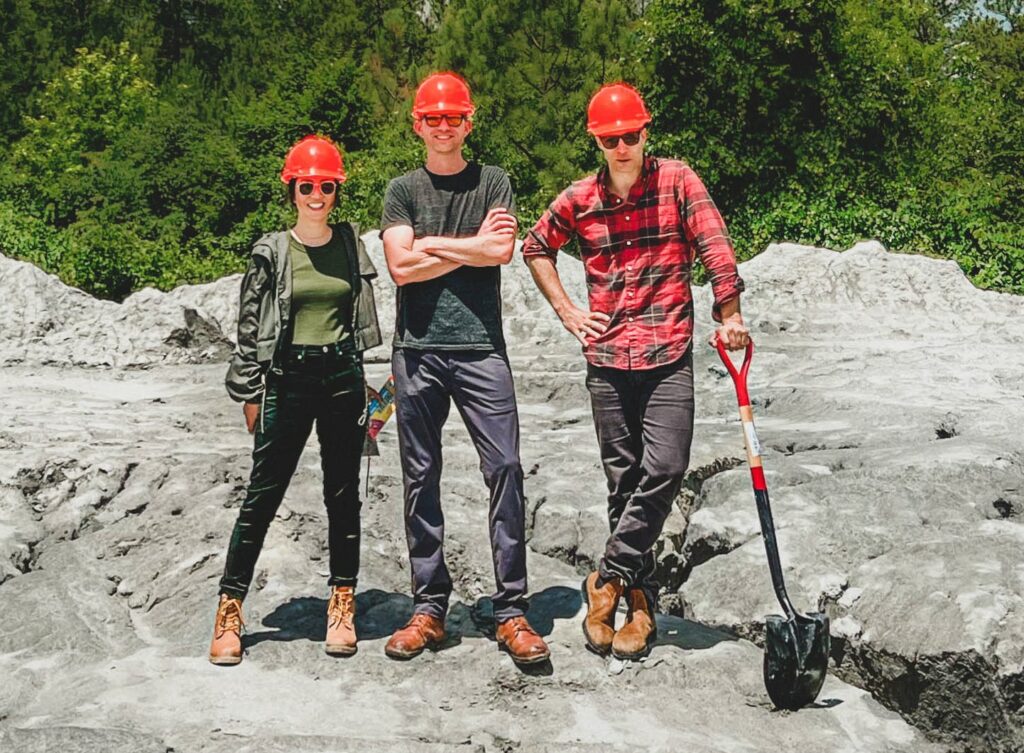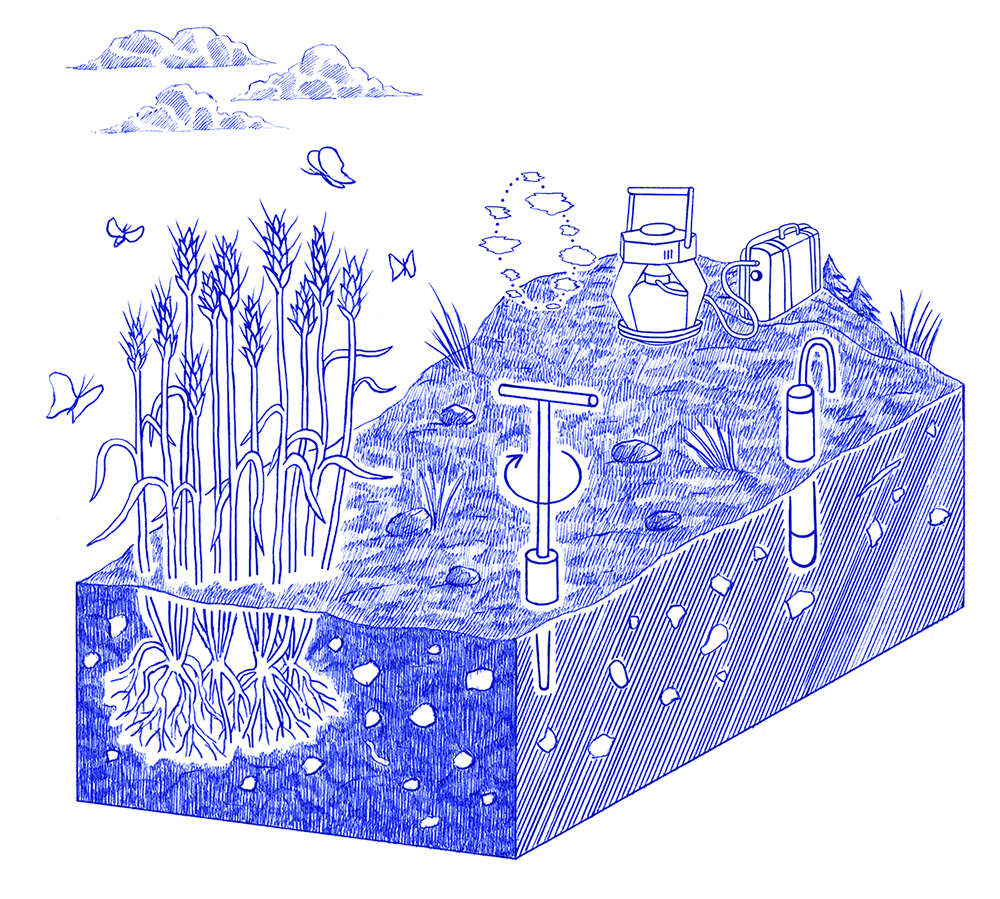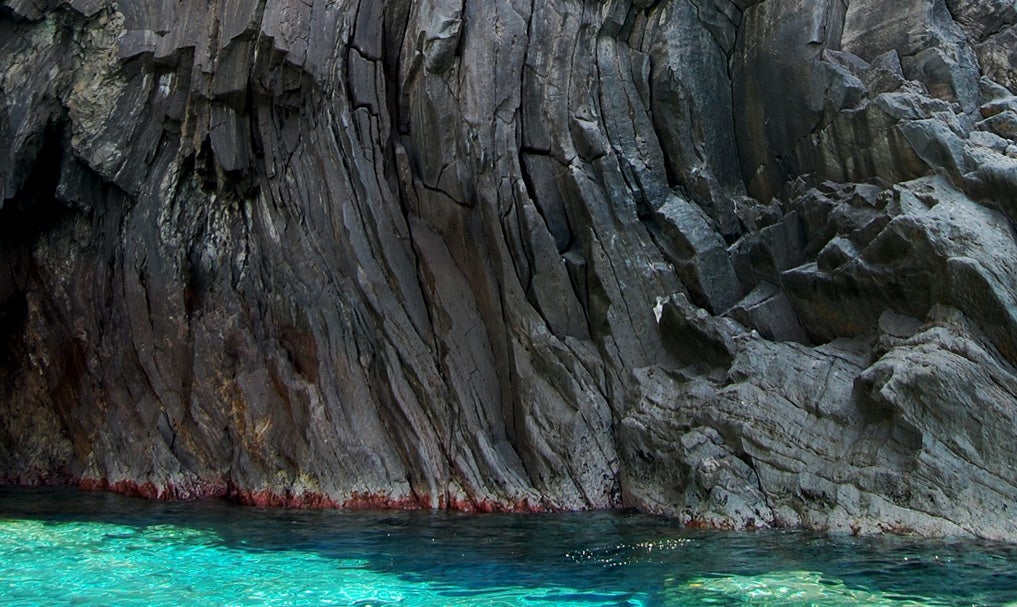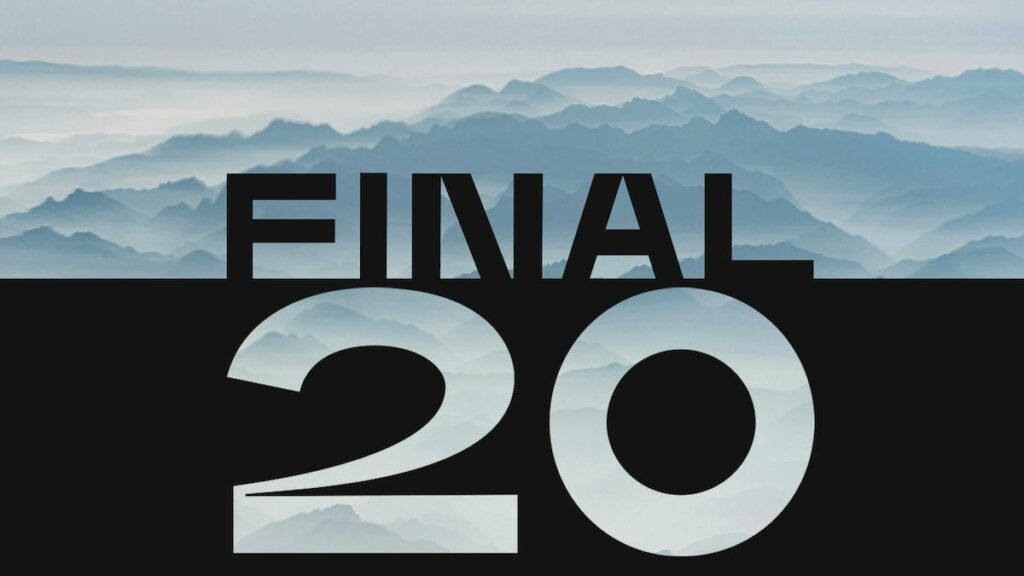$100M XPRIZE Carbon Removal Finalists Include Enhanced Rock Weathering Teams
“The climate math is becoming clear that we will need gigaton-scale carbon removal in the coming decades to avoid the worst effects of climate change. The International Panel on Climate Change (IPCC) estimates the need at approximately 10 gigatonnes of net CO2 removal per year by the year 2050 in order to keep global temperature rise under 1.5 or 2C. As governments, companies, investors, and entrepreneurs make plans to meet this challenge, it is clear that we will need a range of carbon removal solutions to be proven through demonstration and deployment to complement work that is already underway.”
—XPRIZE Foundation
XPRIZE Foundation announced the top 20 finalists of the Carbon Removal competition last week. Among the original 128 entrants in the “Rocks” category, six teams made it into the final phase of the competition: Arca, Lithos Carbon, Mati Carbon, Silicate, UNDO, and Yuanchu Technology. They are competing for a $50 million prize sponsored by the Musk Foundation (a further $30 million will be distributed amongst the runner-up teams). Winning will require them to remove a kiloton of carbon dioxide per year and to model how they could scale up to remove a megaton per year. Winners will be announced in April 2025.
The competition in the “Rocks” category revolves around two processes: enhanced rock weathering and carbon mineralization.
Enhanced rock weathering
All rocks naturally can be dissolved by rainwater in a slow process called weathering. Enhanced rock weathering (ERW) accelerates the process by grinding down rocks into a fine flour-like dust. This rock dust is then spread on farmland where rainwater dissolves it, releasing essential minerals into the soil and reacting with naturally-occurring carbonic acid from plants in a chemical reaction that captures atmospheric carbon dioxide and forms bicarbonates, which washes into oceans and counteracts ocean acidification.

Lithos Carbon brings optimization technologies to rock dust application in farmland. Lithos’ technology integrates machine learning to dependably and repeatedly measure, report, and verify carbon dioxide removal (CDR). This enables Lithos to deliver custom reports to individual farmers and guide them in applying optimal amounts of rock dust to their fields, thus replacing agricultural lime entirely and ensuring greater insulation from fluctuations in fertilizer prices. Highly individualized solutions are cost prohibitive without machine learning, which is why field-by-field optimization proved elusive… until now.
Mati Carbon focuses on high-quality monitoring, reporting, and verification to deliver cradle-to-grave support for their customers. As part of their monitoring process, Mati utilizes Inductively-Coupled Plasma Mass Spectrometry (ICP-MS) to monitor basaltic rock dust on a molecular-level to track changes to its chemical composition, and hence the amount of carbon dioxide removed from the air. The combination of advanced technology and constant support benefits customers by ensuring they have access to the most up-to-date modeling that Mati develops. Mati is focused on the more than 500 million smallholder farmers in countries such as India, Zambia, and Tanzania who are more exposed and vulnerable to the threat of climate change.

Silicate is an Irish company that sources rocks from the construction industry where concrete waste is abundant. Concrete is an amalgamation of different materials: cement and aggregate. Cement is a blend of minerals including portlandite and amorphous calcium silicates, which are known to be fast-weathering. Aggregate is largely determined by local rock sources, but are mostly limestone and basalt, which are reactive with atmospheric carbon dioxide, thus making most types of concrete suitable for ERW. Once in the field, Silicate’s processes are to collect data on the amount of carbon dioxide removed, quantify it, and then translate it into carbon credits. Carbon credits are a quantified value representing every ton of carbon dioxide removed from the atmosphere, making CDR traceable and verifiable.
UNDO’s core focus is an end-to-end technology platform consisting of NEWTON, the Inventory Management System (IMS), and the Global Project Screener. NEWTON is a proprietary data platform that fuses data from an ecosystem of in-field hardware and mobile software, enabling efficient management and translation of operational and scientific data generated from its network. The IMS then takes this data and turns it into carbon credits, making UNDO a world leader in transparency on the carbon credit market. Lastly, the Global Project Screener is a Geographic Information System (GIS) based tool that analyzes geochemical, climatic, and land-use data, optimizing the process of selecting sites for projects. Using these technologies allows UNDO to ensure its efforts are targeted, optimized, and effective.
Carbon mineralization
Carbon mineralization, on the other hand, is a process where suitable rocks are exposed to carbon dioxide, forming a carbonate either on the surface (ex-situ), or underground (in-situ).
Arca Climate has developed a series of proprietary technologies that uses rovers, surface manipulation technology and machine learning algorithms to manipulate mine tailings and waste rock. These technologies allow Arca to significantly speed up the rate of rock weathering and makes quantification of carbon capture possible, creating a realistic pathway to sell CDR credits in a verifiable manner.
Yuanchu Technology takes a radically different approach than the other teams, centering on a mineralization process that occurs within a chemical reactor. Tests have demonstrated this process works with as little as 5% carbon dioxide in the input gas stream, sequestering 440 kilograms of carbon dioxide for every ton of calcium-rich feedstock input into the reactor.
Going Forward

The teams have one year to demonstrate that their technologies are capable of extracting 1,000 tons of carbon dioxide. Over time, teams have the option to scale up to a megaton (1 million tons) by 2030, and a gigaton (1,000 million tons) by 2050. Competing teams will be judged based on fully-considered costs, operational performance, and scalability.
While using rocks for carbon dioxide removal does not stand in isolation to meet humanity’s net-zero goals, it stands out because it lasts over geologic timescales. Carbon dioxide, when captured and stored as bicarbonates, are deposited in deep aquifers and oceans as an inert limestone, where they can remain for tens of thousands of years.
Benjamin Tan is a recent graduate of Northeastern University with a masters degree in media innovation. He writes about the intersection of technology and climate, and finds joy in producing in-depth explainers about science-related topics. He is committed to raising public awareness of the science of soil remineralization and emerging technologies in greenhouse gas drawdown. During his free time, he enjoys landscape photography, hiking, and cooking.
Support us on Patreon
Thank you for joining us today! Please become a member of RTE and support us on Patreon. Unlike many larger organizations, we work with a team of determined and passionate volunteers to get our message out. We aim to continue to increase the awareness of remineralization to initiate projects across the globe that remineralize soils, grow nutrient dense food, regenerate our forests’ and stabilize the climate – with your help! If you can, please support us on a monthly basis from just $2, rest assured that you are making a big impact every single month in support of our mission. Thank you!








Got something to say?